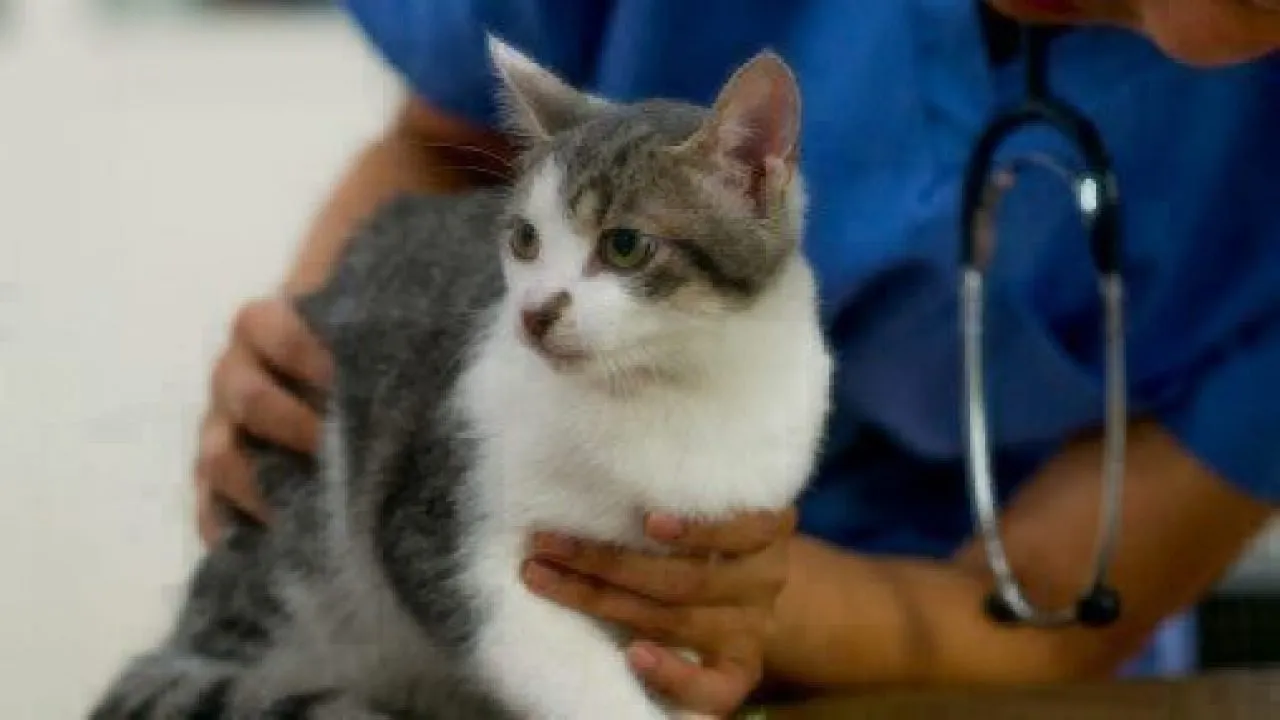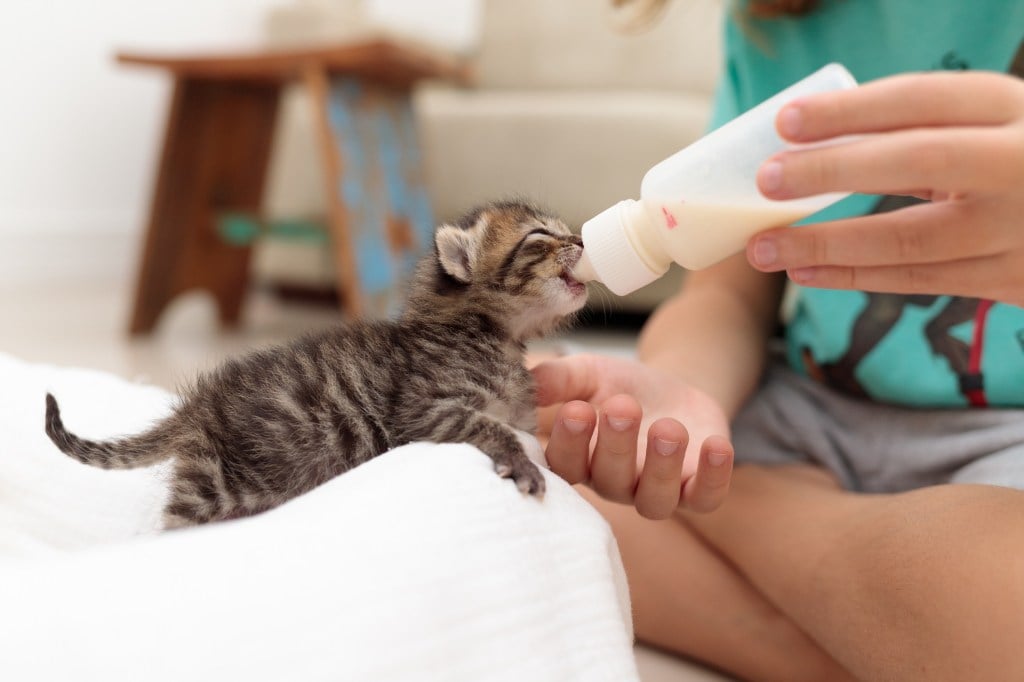Table of Contents
It might make you feel better to learn that the term “ringworm” is a bit of misnomer, as there aren’t actual worms involved. Ringworm is actually a skin fungus that gets its name from the common ring-like patterns that present when an animal or human has been infected.
For ringworm in cats and kittens, it affects the outermost layer of their skin. Below you’ll learn what ringworm symptoms to look for, how to treat the infection, and how to prevent it from occurring in the first place.
Signs and Symptoms
Ringworm presents on cats and kittens similarly to the way it does on humans, dogs, and other mammals, including:
- Balding, grey and flaky patches on your cat’s head, ears, or front legs. This can look like dry skin or even dandruff and is often written off as such by pet parents.
- Patchy fur caused by more extensive infections
- “Paronychia,” which is itchy, inflamed skin around claws.
- Any skin lesion. Ringworm can look very similar to many different skin conditions.
It’s important to note that sometimes cats with ringworm may not show any signs of infection at all. Even if they’re asymptomatic, they are still contagious. To determine if your cat has ringworm, your vet may take a sample of your cat’s skin or fur for a fungal culture or PCR test. A biopsy can also be submitted for analysis. Your veterinarian will shine a UV light over your cat’s body since the ringworm fungus glows under black light (eerie or cool, you decide). Skin checks are part of routine vet exams, which is yet another reason why it’s so important to take your cat to the vet at least once per year.
Treatment
If your veterinarian determines that your cat or kitten has ringworm, treatment will begin immediately. The method of treatment depends on your vet’s recommendation, but typically involves topical anti-fungal medication that’s applied to your cat’s skin, and oral antifungal medication. Whether one medication is prescribed or two depends entirely on the extent of the infection.
To prevent your cat from inadvertently or purposefully ingesting the medication, it’s ideal that they wear a cone throughout treatment. While being treated, your vet will also suggest you quarantine your pet to prevent spreading the ringworm to others. There are also other measures you’ll want to take throughout the house to prevent spreading this disease. These measures include thoroughly vacuuming, mopping, and wiping surfaces, as well as changing your filters and washing fabrics that your infected cat might have come in contact with.
Fortunately, once treatment begins, ringworm can be eradicated from your cat entirely within a month’s time. Remember how much work you are putting in and don’t stop treatment early – you might have to start over.
Prevention
It is much easier to prevent ringworm than it is to treat it. The best way to do so is to keep your cat indoors and to minimize any interaction with strays or potentially infected animals or humans. You should also check your cat regularly for lesions and bring your cat to the veterinarian annually to catch any infection in its early stages. There is a ringworm vaccine that has pros and cons associated with it. We recommend speaking to your veterinarian about this to determine if it’s an appropriate treatment for your cat.
Can I Get Ringworm From My Cat?
Yes you can, and they can get it from you. If other humans or other animals are infected, your cat can become infected when they come into contact. Ringworm is highly contagious, which is why swift treatment is required, why quarantining may be necessary if they’re diagnosed, and why extensive environmental decontamination is incredibly important.
The content is not intended to be a substitute for professional veterinarian advice, diagnosis, or treatment. Always seek the advice of your veterinarian or other qualified health provider with any questions you may have regarding a medical diagnosis, condition, or treatment options.









